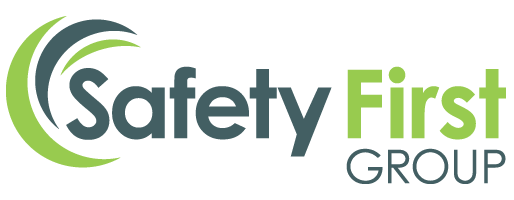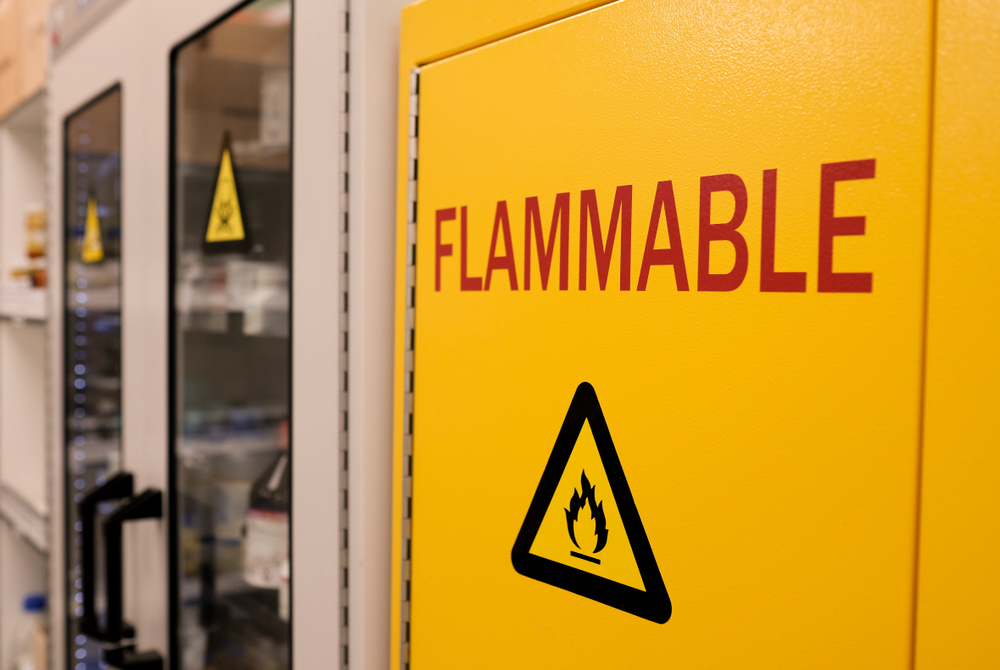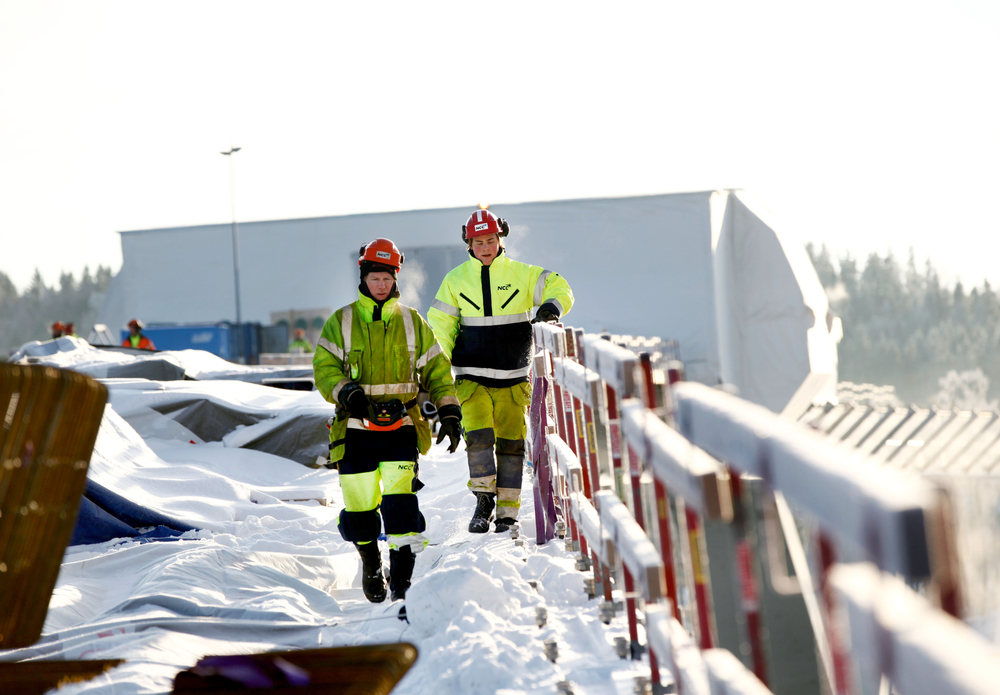Why Occupational Exposure Monitoring Matters in Hazardous Environments
In today’s industrial landscape, ensuring the safety and wellbeing of employees is not just a legal obligation but a moral imperative. One critical aspect of safeguarding workers is occupational exposure monitoring, particularly in hazardous environments.
This essential practice helps employers comply with regulations, minimise health risks, and create a safer workplace.
What is Occupational Exposure Monitoring?
Occupational exposure monitoring involves assessing and measuring workers’ exposure to harmful substances such as chemicals, fumes, dust, and fibres. These substances, if not properly controlled, can cause severe health issues, including:
- Respiratory diseases like asthma and lung cancer
- Skin conditions, such as dermatitis
- Long-term illnesses caused by toxic chemicals
The goal of exposure monitoring is to identify potential risks and implement effective control measures before they lead to harm. It’s not just about measurement; it’s about prevention.
The Importance of Compliance
-
Legal Obligations
Under the Control of Substances Hazardous to Health (COSHH) Regulations, employers are required to assess and control exposure to harmful substances. Failure to do so can result in significant fines, legal action, and reputational damage.
Exposure monitoring provides the data needed to demonstrate compliance with these regulations. It shows that an organisation is taking proactive steps to protect its workforce and meet its legal responsibilities.
-
Avoiding Penalties and Compensation Claims
In the event of workplace illnesses or injuries, businesses may face costly compensation claims. By conducting regular exposure assessments, organisations can mitigate these risks and show they have acted responsibly to protect their employees.
Protecting Employee Health and Safety
-
Reducing Health Risks
Exposure to hazardous substances can have immediate and long-term effects on employee health. For example, prolonged inhalation of silica dust can cause silicosis, a serious lung disease. Monitoring allows for early detection of unsafe conditions, enabling swift action to reduce exposure levels.
-
Boosting Morale and Productivity
A safe workplace is a productive workplace. When employees feel protected, their morale improves, and absenteeism decreases. This creates a positive working environment where staff can perform at their best without fear of health risks.
-
Identifying Vulnerabilities in Control Measures
Even the best safety controls can deteriorate over time. Occupational exposure monitoring ensures that these measures remain effective, identifying any weaknesses before they lead to hazardous conditions.
How Safety First Group Can Help
We specialise in occupational exposure monitoring tailored to meet the needs of diverse industries. Whether it’s asbestos, lead, or other hazardous substances, our expert team provides comprehensive monitoring services, ensuring compliance with COSHH regulations and safeguarding your workforce.
All assessments are conducted using calibrated, state-of-the-art equipment, and our reports are designed to be clear and actionable.
Don’t wait for an incident to act. Contact Safety First Group today to ensure your workplace is compliant, safe, and ready to tackle any challenge.
FAQs
- What industries need occupational exposure monitoring?
Any industry where workers are exposed to hazardous substances, such as construction, manufacturing, and healthcare, should conduct regular exposure monitoring. - How often should exposure monitoring be conducted?
The frequency depends on the level of risk and the type of substances present. High-risk environments may require more frequent assessments. - What happens if exposure limits are exceeded?
Immediate action is required to reduce exposure levels. This may include improving ventilation, upgrading protective equipment, or changing work processes.














